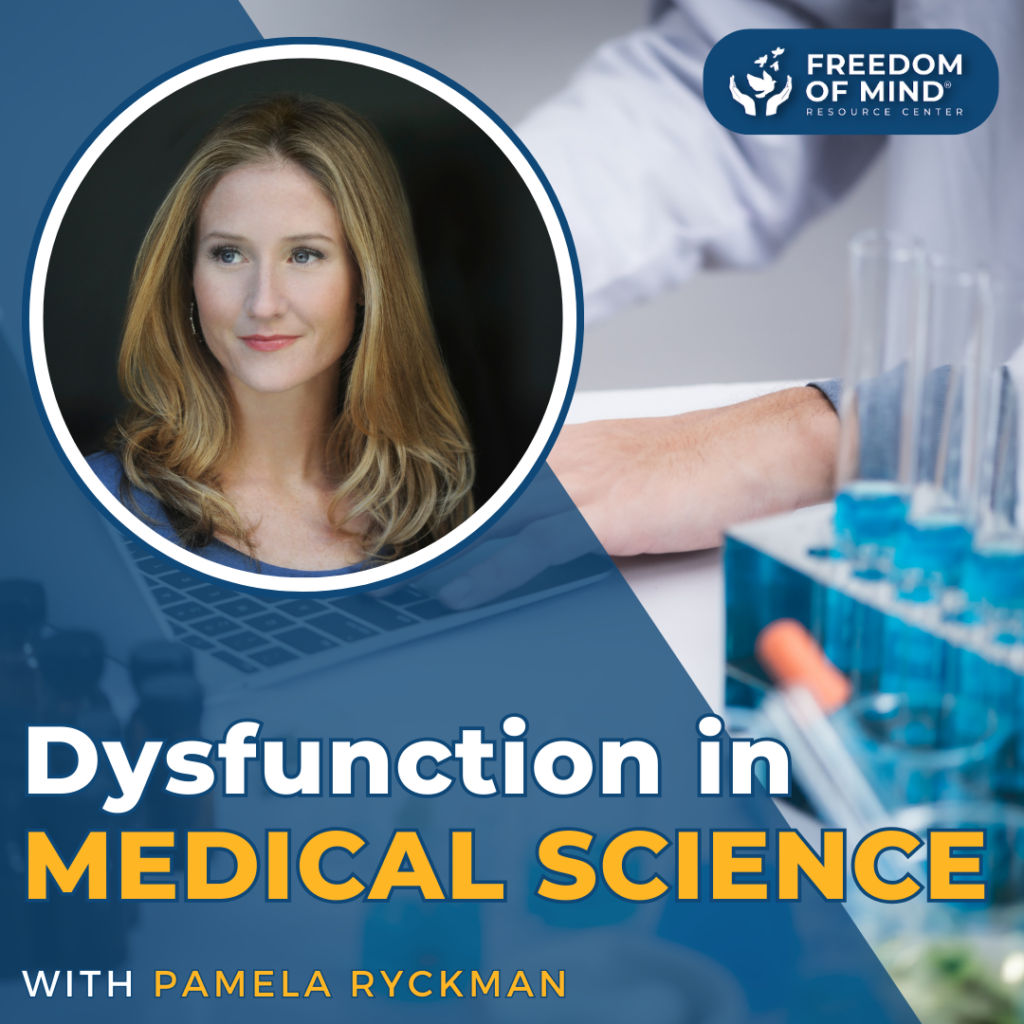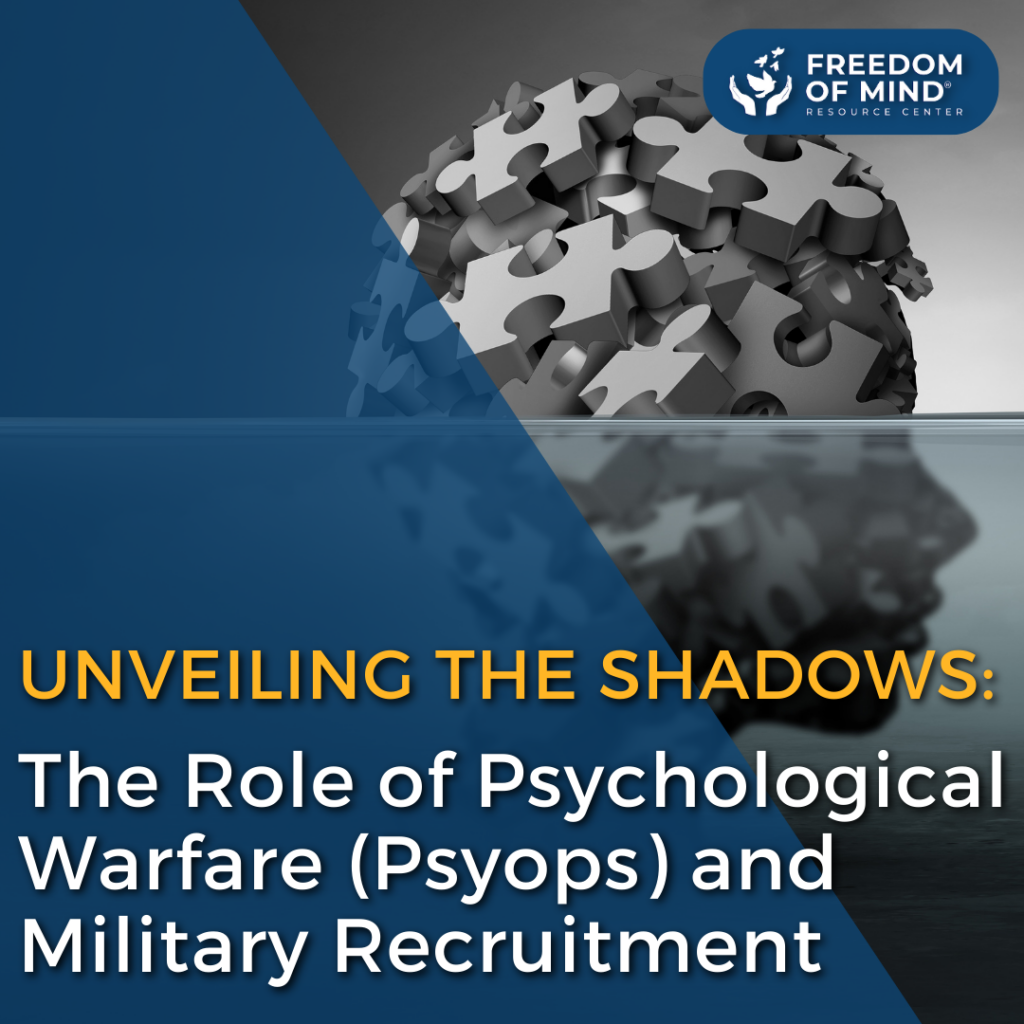
Dr. Zimbardo photographed for his Heroic Imagination Project.
Credit: Ferne Millen Photography
July 2, 2018:
At this moment, there appears to be a media attack on the reputation of Dr. Philip Zimbardo, Professor Emeritus of Stanford University and former president of the American Psychological Association. Indeed, there seems to be a broader attack on the field of social psychology and some of its greatest contributors in the past sixty years. We live at a time of unprecedented scientific and technological knowledge and development and, sadly, there are powerful influential forces that seek to persuade the public and deny how susceptible humans are to authority figures, peer groups as well as situations.
Dr. Zimbardo’s Detailed Response
Dear Colleagues at SPSP,
I have prepared a detailed response that refutes, with evidence, every one of these false allegations. The links below will take you to that new information and much more.
My Letter of Support
I wish to go on record to express my deep appreciation for Dr. Philip Zimbardo, Professor Emeritus of Psychology at Stanford University. He is brilliant, accomplished and probably the most famous social psychologist in the world. Rightfully so. At 85, he is still incredibly energetic and teaches people to stand up and do the right thing. He continues to travel throughout the world. I am shocked to learn about efforts to attempt to tarnish his reputation. He is one of my most admired teachers, my mentor, and has supported and encouraged my work for decades. He has stuck his neck out on many occasions to teach and write about the dangers of destructive cults. For fifteen years, he taught a popular course at Stanford entitled, “The Psychology of Mind Control.” He kindly agreed to be interviewed by me on video in 1993 to counter-cult apologists to say that mind control does indeed exist. Zimbardo explained that by controlling a person’s behavior, information, thoughts, and emotions, it was indeed possible to make a new identity that suppresses their real self. In my opinion, he is a champion for the cause of human rights and freedom for people. His latest project, The Heroic Imagination Project, should be taught in every school around the world as an inoculation to social influence forces that can strip away our personal power and model “doing the right thing.”
I first learned of Zimbardo’s work after my deprogramming from the Moon cult in 1976. It was then that I began my deep literature review and lifelong research project on how social influence can be systematically used to program new beliefs, feelings, and behaviors. Zimbardo’s classic, Influencing Attitudes and Changing Behavior (1969) with Ebbesen, published by Addison-Wesley was very important to my understanding about what had happened to me and millions of others. This was two years before the Stanford Prison Experiment!
I believe I first reached out to Dr. Zimbardo in 1976 or 1977. From the beginning, Dr. Zimbardo was curious to learn about my experiences in the Moon cult and taught and encouraged me to learn social psychology. He was always warm, engaged, and respectful. When the Jonestown tragedy happened in 1978, Zimbardo wrote about Jim Jones and the cult that made parents squirt cyanide-laced Flavor Aid punch into their own children’s mouths. Every day, destructive cults of all types are performing impermissible social psychology experiments and are a window into understanding what took place those fateful six days during the Prison Experiment.
I believe it is an error to not fully recognize the psycho-historical context of this prison project. Certainly, it was the Milgram Obedience Study and the Zimbardo Prison Study that led to the creation of IRBs in 1974 in an effort to protect human subjects. Science has progressed greatly into a deeper understanding of the situational forces that can influence human behavior since 1971. Zimbardo’s The Lucifer Effect (2007) is just one volume of many excellent books that demonstrate that human beings can be influenced to go against conscience. It connects the SPE to the tortures and abuses of Iraqi detainees by U. S. military at Abu Ghraib.
VLog




